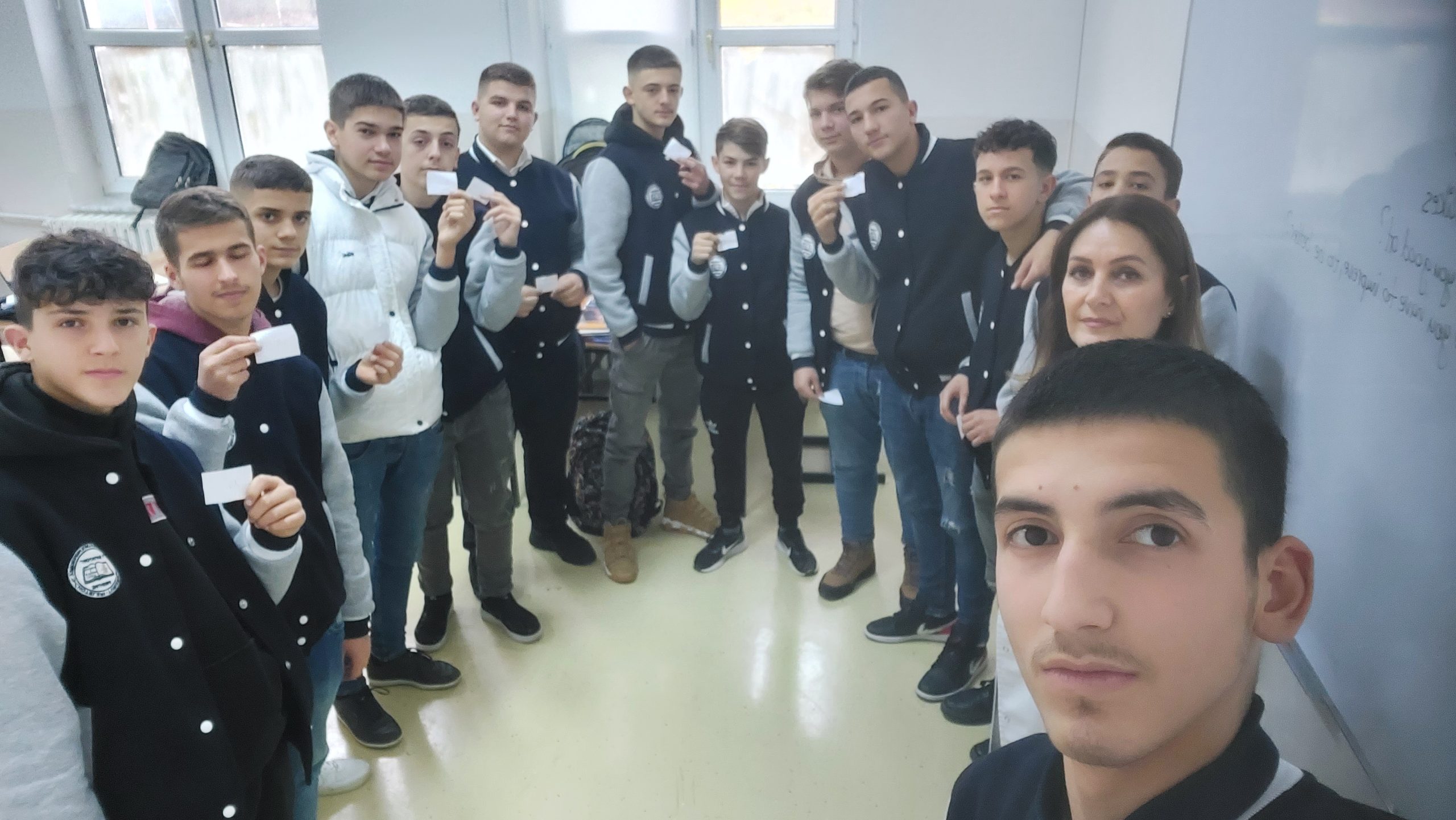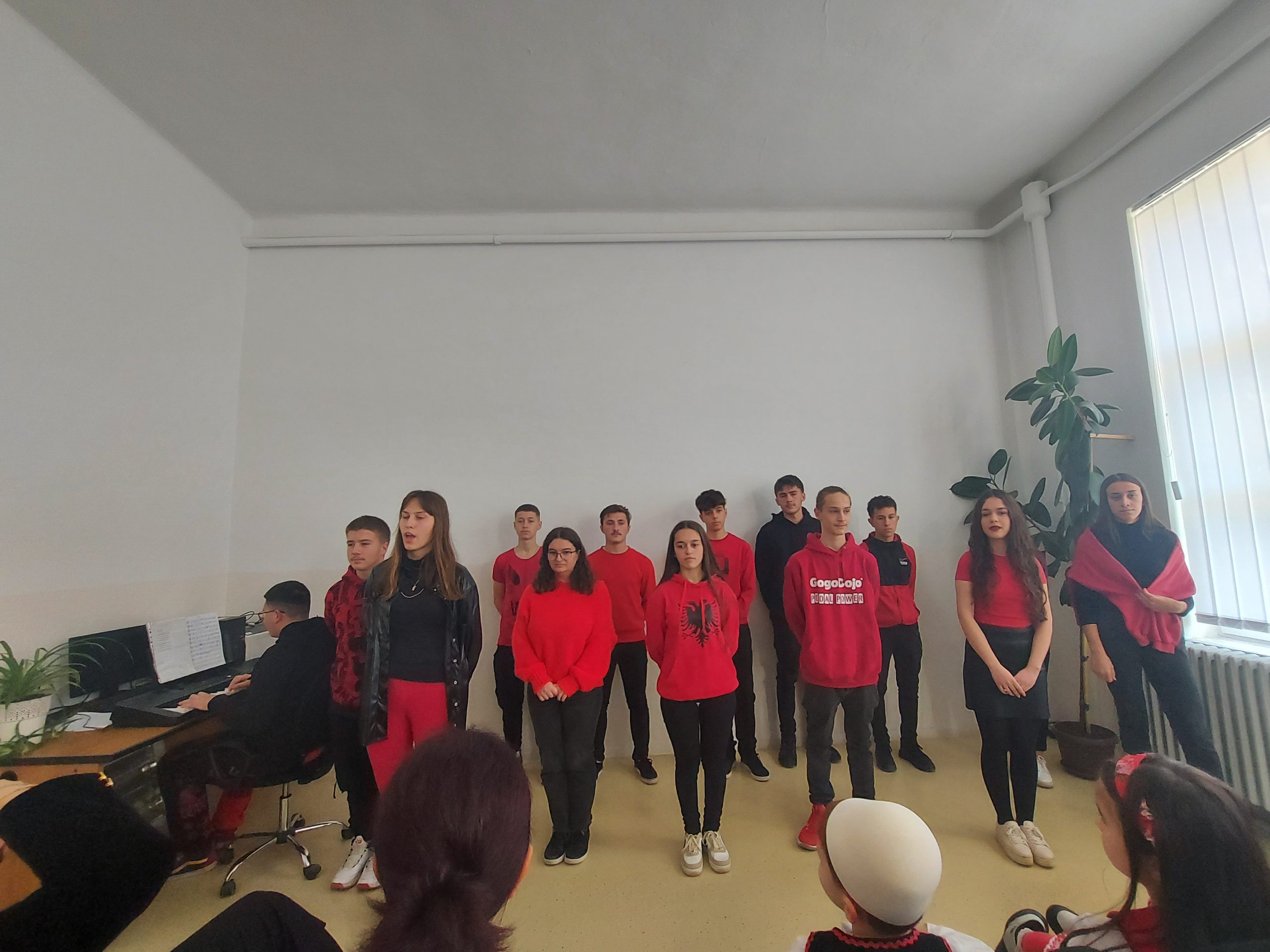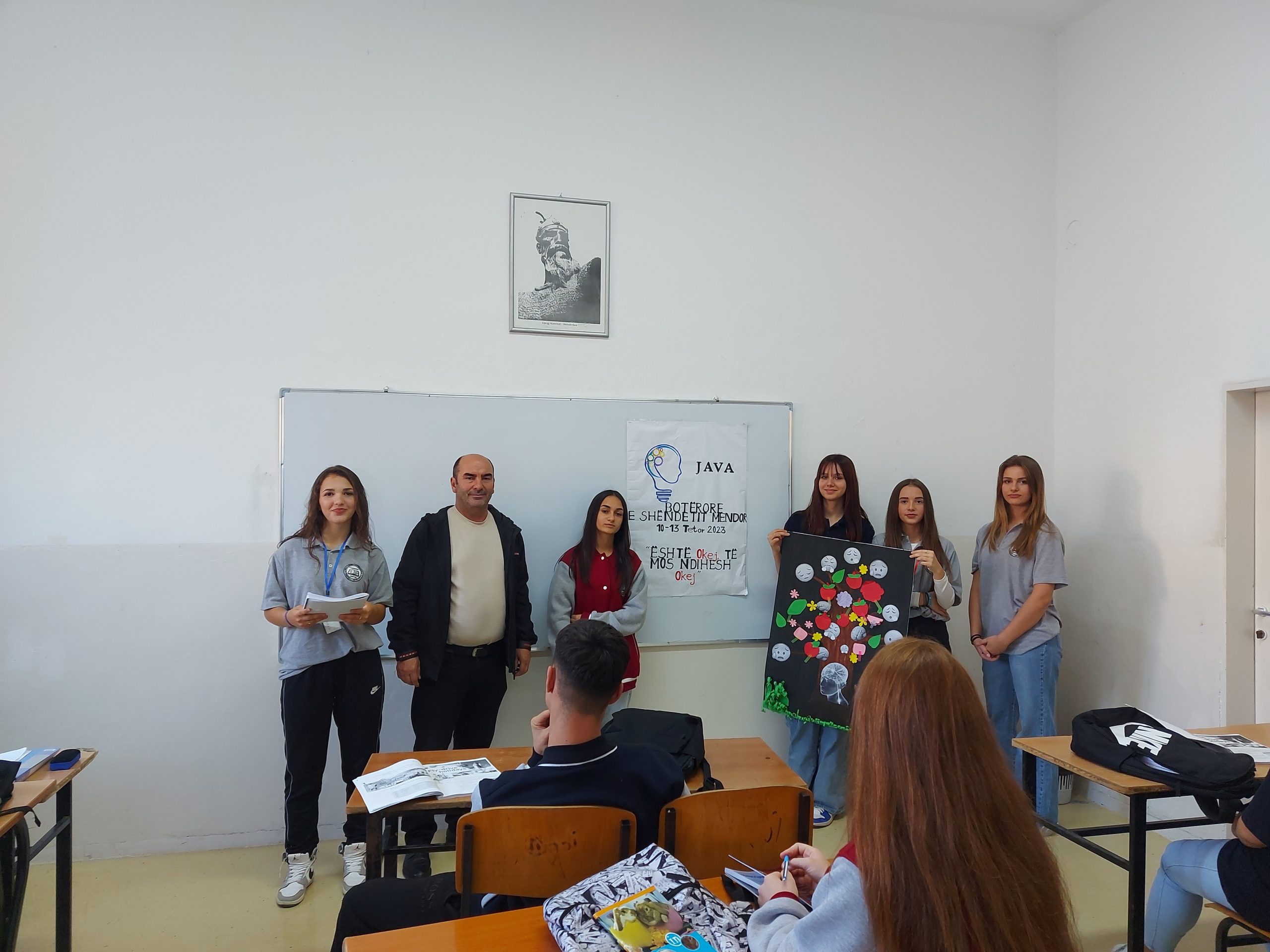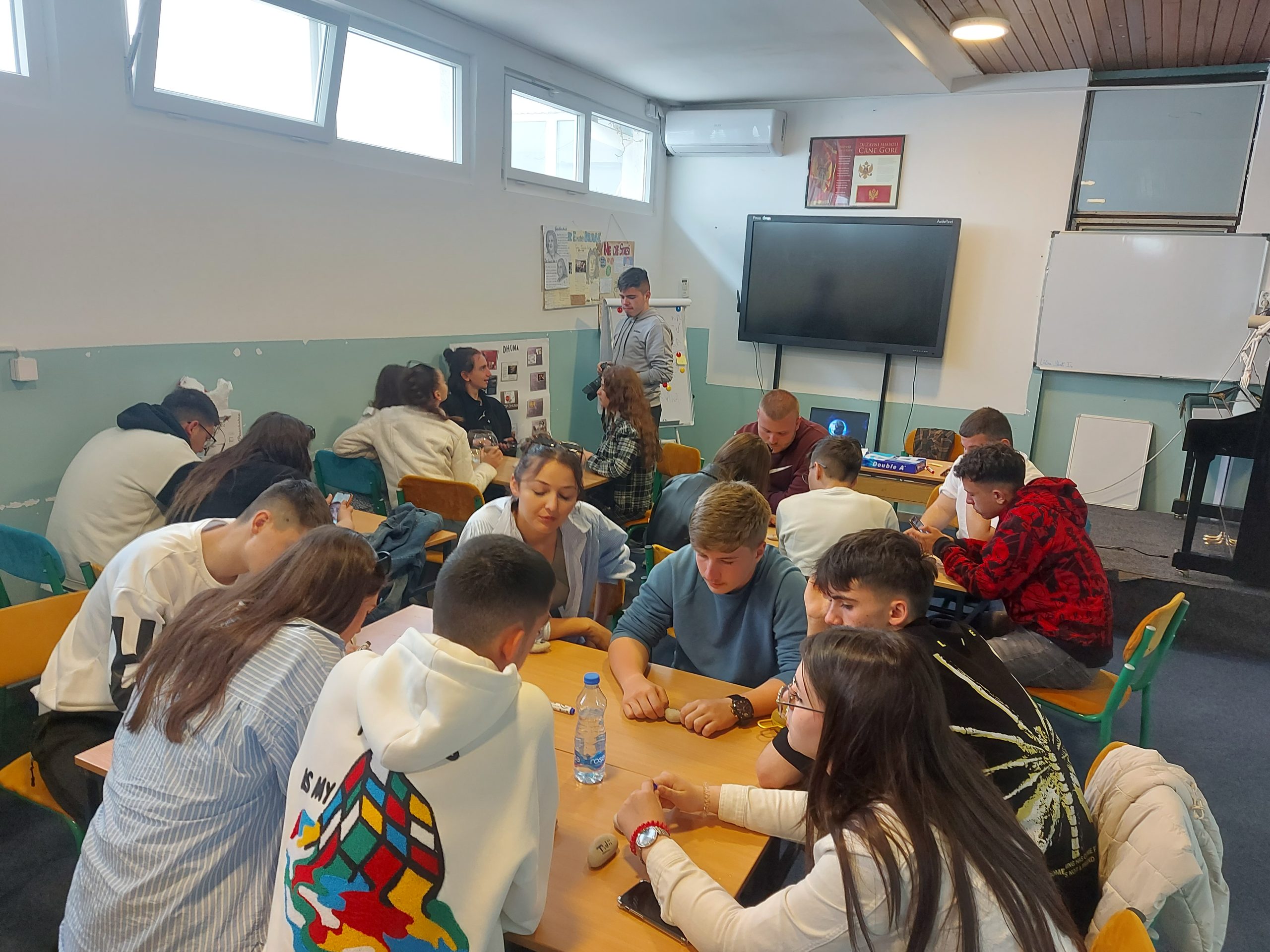Target group/s of the practice
Primary target group: A wide range of students can benefit from this approach, including introverted students, hyperactive students, students with special needs, general education students, English language learners, socially anxious students, gifted and talented students, at-risk students, and culturally diverse students.
By addressing the needs of these groups, educators can create a classroom environment that is inclusive, respectful, and supportive, helping each student feel understood, valued, and engaged in their learning journey.







